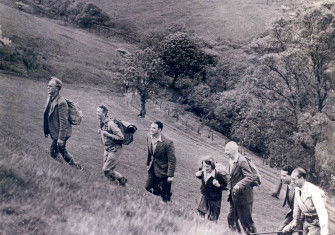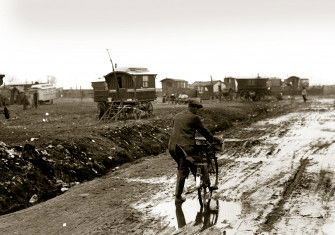Putting Up Fences
Access to land was once a common right; we have lost more than just the freedom to roam.

Enclosure in Britain was a long, slow process. Bit by bit and then all at once, swathes of the countryside were fenced off for the exclusive use of landowners. It arguably began with the Norman Conquest but accelerated in the 18th and 19th centuries when, in the name of modernisation and industrialisation, enclosure was formalised by Acts of Parliament – a Parliament which was, of course, filled with landlords. This process of rescinding common right transformed ancient ways of life. In doing so, it created workers dependent on waged employment, limiting not just their use of the land but also how they spent their time and for whose profit.







